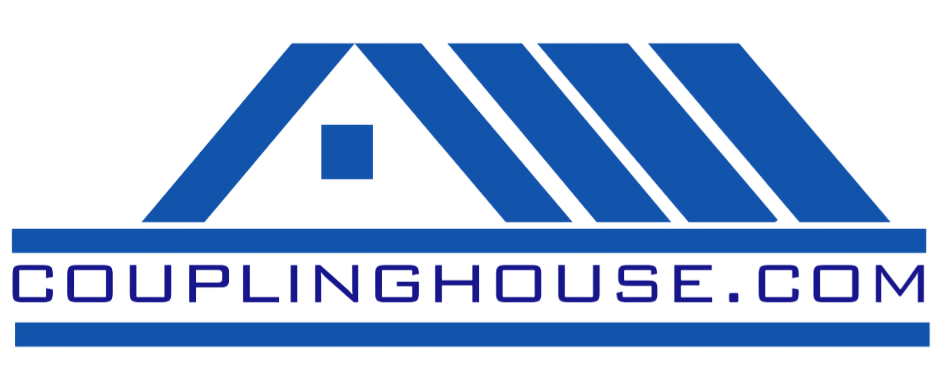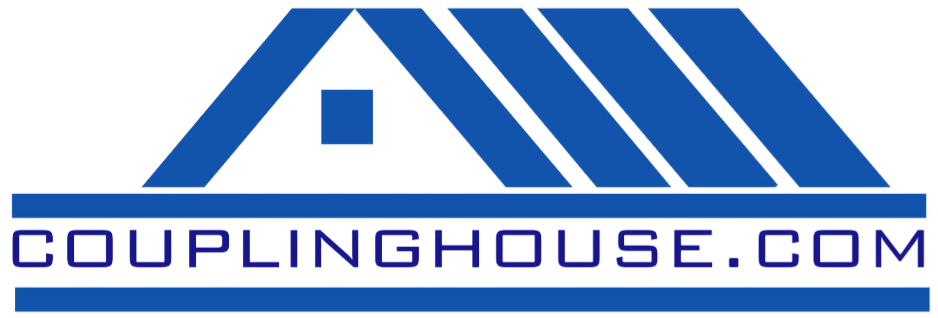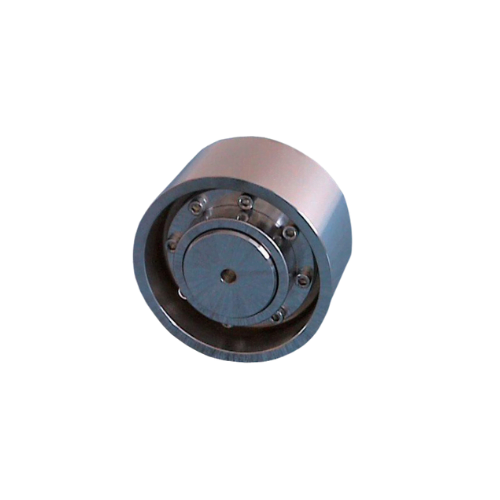SPACER JAW COUPLING
Introduction of Spacer Jaw Coupling
Spacer jaw couplings stand as indispensable components within a myriad of mechanical systems, seamlessly facilitating power transmission while adeptly accommodating misalignments and effectively damping vibrations. Delving into the intricate workings, manifold advantages, diverse applications, and requisite maintenance of spacer jaw couplings, and with Coupling House reveals their paramount significance in enhancing operational efficiency across various industries.
Understanding the Mechanism of Spacer Jaw Couplings
At the core of spacer jaw couplings lies a robust mechanical design meticulously crafted to forge a seamless connection between two shafts, thereby enabling the efficient transmission of power. Comprising two hubs typically forged from resilient materials like aluminum or stainless steel, these couplings are ingeniously linked by a spacer. The defining feature of these hubs lies in their protruding jaws, which intricately interlock with elastomeric elements, imparting both flexibility and torsional stiffness to the coupling assembly.
Advantages of Spacer Jaw Couplings
The inherent advantages endowed by spacer jaw couplings serve as a testament to their unparalleled utility in diverse mechanical systems. Primarily, these couplings offer exceptional flexibility, adeptly accommodating angular, parallel, and axial misalignments between shafts. This innate flexibility not only mitigates stress on interconnected equipment but also serves to significantly prolong their operational lifespan. Moreover, spacer jaw couplings excel in damping vibrations and absorbing shocks, thereby fostering smoother machinery operation. Additionally, their simplistic design renders them inherently easy to install and maintain, thus translating into substantial time and cost savings for enterprises.
Applications of Spacer Jaw Couplings
The ubiquitous presence of spacer jaw couplings across a plethora of industries underscores their indispensable role in facilitating reliable power transmission. These couplings find widespread utility in industrial machinery such as pumps, compressors, and conveyors, where seamless power transmission is paramount for operational efficacy. Furthermore, spacer jaw couplings serve as integral components within power transmission systems, bridging the gap between motors and driven equipment. In the automotive sector, these couplings find extensive application in diverse functions including steering and transmission, thereby underlining their versatility across varied domains.
Factors to Consider When Choosing a Spacer Jaw Coupling
The selection of an appropriate spacer jaw coupling hinges upon a multitude of factors, each intricately intertwined with the operational requirements of the application at hand. Paramount among these considerations include torque capacity, operational speed, misalignment tolerance, and prevailing environmental conditions. Opting for a coupling that aligns seamlessly with the torque and speed specifications of the application, while adeptly accommodating shaft misalignments, is imperative to ensure optimal performance and longevity. Furthermore, meticulous attention to environmental factors such as temperature, humidity, and chemical exposure is paramount to safeguarding the coupling against premature wear and degradation.
Maintenance and Care Tips for Spacer Jaw Couplings
The prudent adoption of a comprehensive maintenance regimen is pivotal in preserving the optimal performance and longevity of spacer jaw couplings. Regular inspection of coupling components serves as the first line of defense against potential wear or damage, enabling timely intervention to avert catastrophic failures. Additionally, routine lubrication of elastomeric elements coupled with periodic replacement of worn parts is indispensable for preempting premature failure and minimizing unplanned downtime, thereby ensuring uninterrupted operational continuity.
Troubleshooting Common Issues with Spacer Jaw Couplings
Despite their inherent reliability, spacer jaw couplings may encounter occasional operational issues necessitating prompt resolution. Common problems such as excessive noise, vibration, or temperature fluctuations often signal underlying mechanical issues or misalignments. Addressing these issues expediently through meticulous realignment of shafts, replacement of worn-out elastomeric elements, or troubleshooting mechanical anomalies is imperative to restore optimal coupling functionality and mitigate operational disruptions.
Future Trends in Spacer Jaw Coupling Technology
Integration with cutting-edge technology promises to revolutionize coupling monitoring and maintenance practices, enabling real-time performance monitoring and predictive maintenance interventions. Furthermore, continuous innovation in material sciences aims to usher in a new era of couplings characterized by enhanced strength, durability, and resilience to harsh operational environments.






















